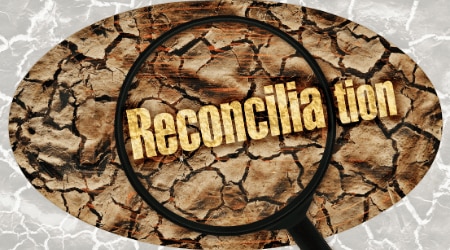Amazon secured its patent for technology that allows customers to enter personal and payment information once and buy with the single click of a button for all future orders in 1999. At the time, Amazon was only an online bookseller. Ecommerce was in its very early days, and users were perfectly pleased with the ability to shop without leaving their homes.
The time required to enter name, address, and payment information was not a burden to ecommerce buyers in 1999. But Amazon, thinking long term with the future customer experience in mind, knew that the easier it could make the buying experience, the more success it would have.
After landing the patent, Amazon quickly expanded beyond books, and its rapid ascent to the top of the retail world began.
Investing in the technology for “Buy now with 1-Click” was difficult and expensive. The technology was challenging enough. Add legal challenges from government and competitors, and that project required an astronomical return on investment to reach a breakeven point.
But, the risk paid off.
University of Pennsylvania professor, R. Polk Wagern explains:
“When we write the history of electronic commerce, the 1-Click patent, allowed Amazon to create a very strong position in the market.
“Most importantly, it allowed Amazon to show customers that there was a good reason to give them their data and permission to charge them on an incremental basis. It opened up other avenues for Amazon in e-commerce.”
If you are at a point where you can take a big risk to deliver an experience your customers haven’t dreamed of, what would that look like?















